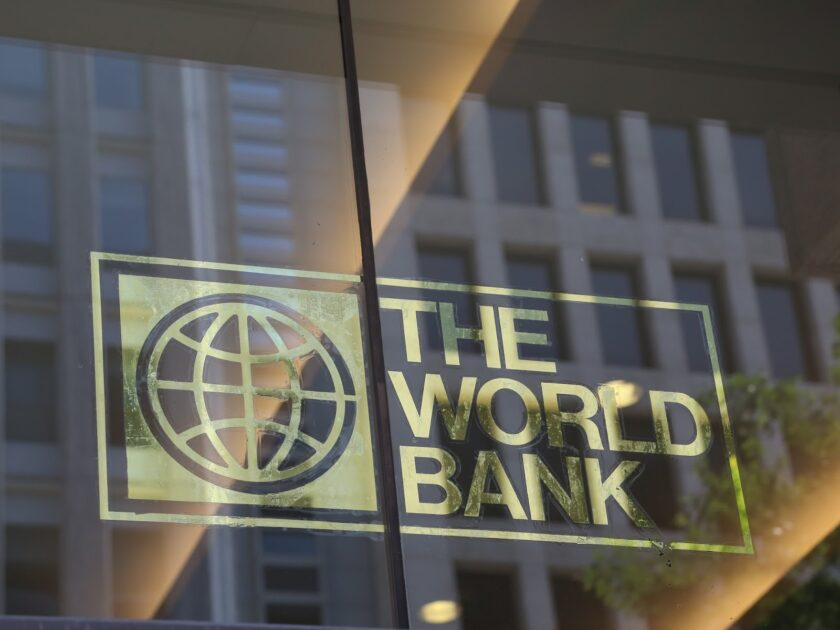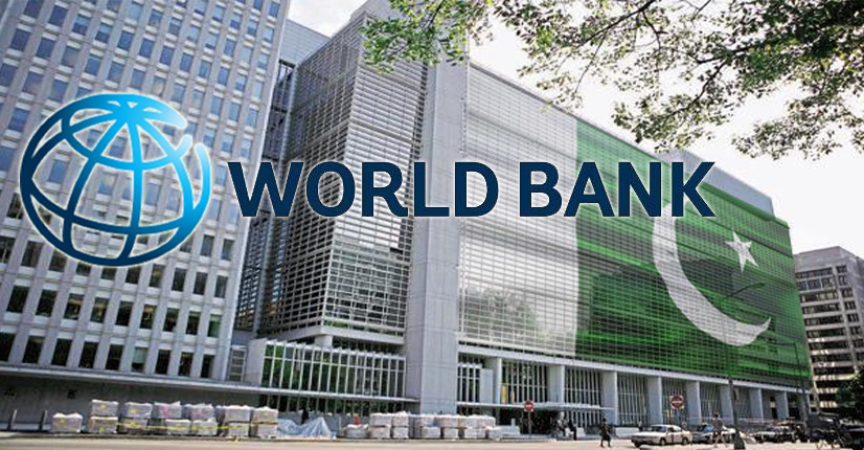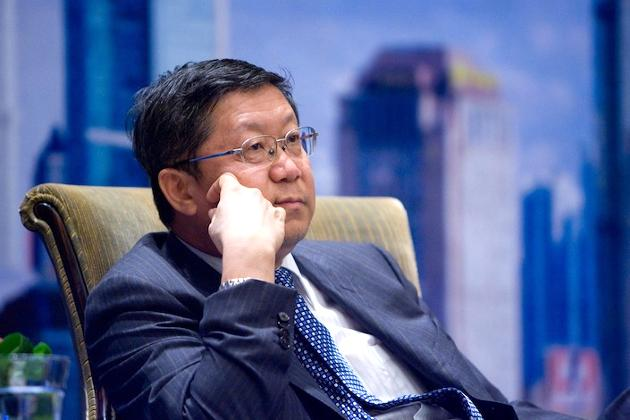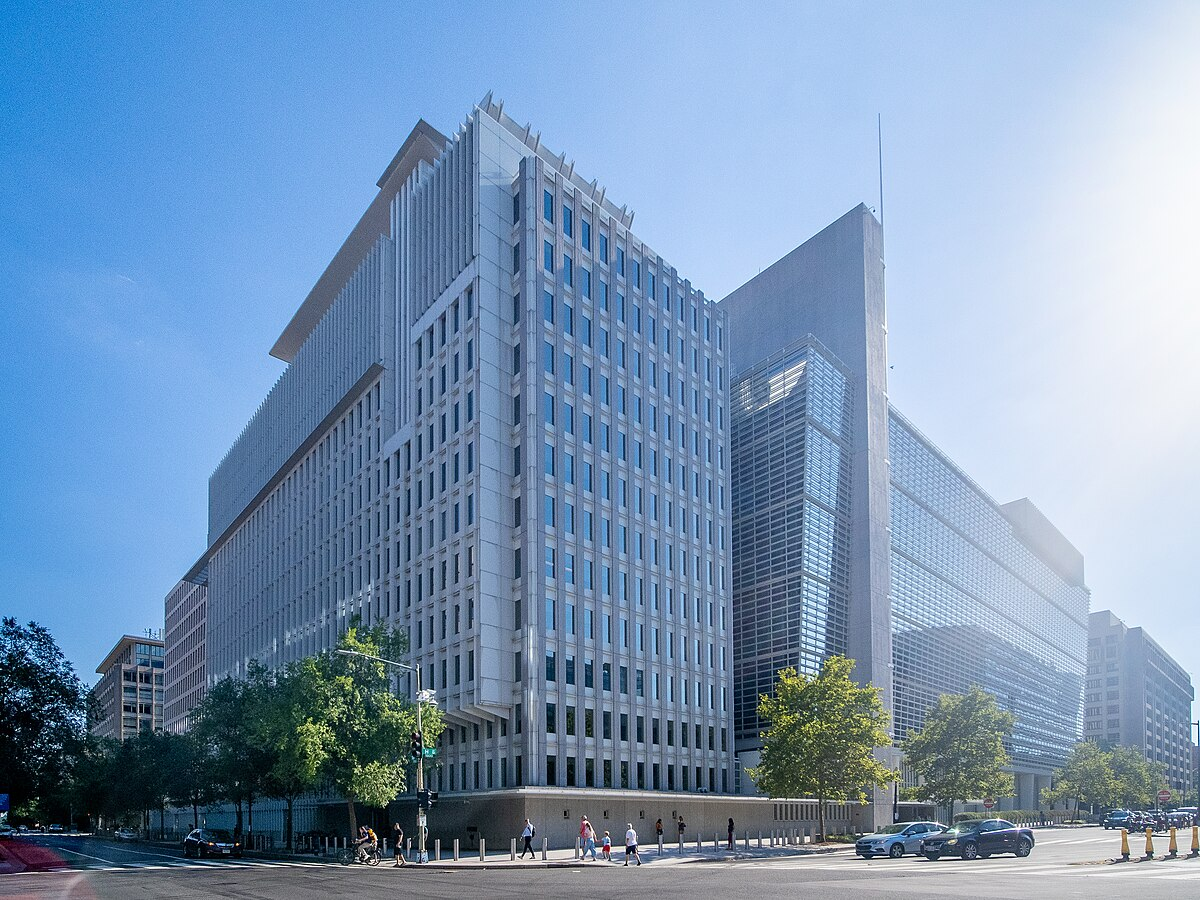The World Bank’s recent decision to cancel a $500 million loan to Pakistan marks a significant financial and policy setback for the South Asian nation.
The move reflects deeper issues in Pakistan’s energy sector, fiscal management, and economic governance, which have failed to meet key reform targets. As Pakistan faces mounting economic challenges, the absence of new loans from the World Bank for this fiscal year adds further strain to its financial stability.
The Cancellation of the PACE-II Loan
The World Bank had initially agreed to provide a $500 million loan under the Affordable and Clean Energy Programme (PACE-II), with an indication to increase it to $600 million. The programme aimed to support Pakistan’s energy sector reforms, including improving power distribution efficiency and addressing circular debt challenges.
However, the loan was contingent on meeting specific conditions, including renegotiating power purchase agreements with Independent Power Producers (IPPs) and revising terms for China-Pakistan Economic Corridor (CPEC) power plants.
Despite efforts, Pakistan failed to renegotiate deals with Chinese power producers, a major stumbling block in securing the funds. China repeatedly refused to reopen agreements or restructure the $16 billion energy debt owed by Pakistan.
Although the government managed to renegotiate 22 energy contracts under older policies, the savings achieved were negligible, leaving electricity costs high at Rs65 to Rs70 per unit, including taxes.
Read : India’s External Debt Rose to $647 Billion in 2023: World Bank
The World Bank also demanded significant reforms in electricity pricing, particularly addressing the cross-subsidy that raises costs for higher consumption users to offset rates for lower users.
Read : India to Grow at 6.7%, Remain Fastest Growing Economy in the World: World Bank
This subsidy, amounting to Rs16 per unit, remains a contentious issue. The government’s reluctance to abolish the cross-subsidy reflects deeper structural inefficiencies that have hindered progress in the energy sector.
Broader Implications for Pakistan’s Economy
The cancellation of the PACE-II loan has broader implications for Pakistan’s economy, particularly as the World Bank has decided not to provide any budget support loans for the current fiscal year, which ends in June 2025. This decision directly impacts Pakistan’s fiscal budget, which anticipated $2 billion in loans from the World Bank.

As of October, the World Bank had disbursed only $349 million, a mere 18% of the annual plan. The government now faces an external financing gap of $2.5 billion, as identified by the International Monetary Fund (IMF). With no new loans in sight, Pakistan’s ability to bridge this gap is uncertain.
The lack of budget support loans could exacerbate Pakistan’s existing financial woes, including rising circular debt and inefficiencies in power distribution.
Nepra recently reported that inefficiencies in power distribution companies caused Rs660 billion in losses in the last fiscal year. Meanwhile, circular debt ballooned to Rs2.393 trillion, far exceeding targets agreed upon with the IMF and World Bank.
The government’s failure to meet these targets not only jeopardizes its relationship with international financial institutions but also undermines investor confidence.
Pakistan’s low credit rating of CCC-Plus further limits its ability to access international capital markets, making it increasingly reliant on domestic borrowing and bilateral assistance.
Challenges and the Path Ahead
Pakistan’s energy sector remains a critical bottleneck in its economic recovery. Despite approving a roadmap for private sector participation in power distribution as part of the earlier PACE-I programme, implementation has stalled.
This lack of progress underscores the government’s inability to execute crucial reforms, which are vital for reducing inefficiencies and attracting private investment.

The circular debt crisis, a recurring issue in Pakistan’s energy sector, continues to worsen. The government’s failure to update the circular debt report regularly reflects a lack of transparency and accountability. This practice violates commitments under the Circular Debt Management Plan framework and further erodes trust with international lenders.
While the World Bank has shifted its focus to direct financing of low-cost hydropower projects, such as the $1 billion Dasu Hydropower project, these initiatives do not address Pakistan’s immediate fiscal needs.
The Bank is also working on improving electricity distribution efficiency and providing technical assistance for private sector involvement in power distribution companies. However, these efforts are long-term solutions and do not provide immediate relief for Pakistan’s budgetary constraints.

Finance Minister Muhammad Aurangzeb remains optimistic about filling the external financing gap through other means, including borrowing on “competitive terms.” However, with limited access to international capital markets and no immediate prospects for sovereign bond issuance, the government faces an uphill battle.
The World Bank’s decision to cancel the $500 million PACE-II loan underscores Pakistan’s inability to meet critical reform milestones in its energy sector.
The lack of new budget support loans from the World Bank compounds the country’s economic challenges, leaving it to navigate a precarious fiscal situation with limited external assistance.
Without significant progress in addressing energy sector inefficiencies, circular debt, and fiscal transparency, Pakistan’s economic outlook remains uncertain.

